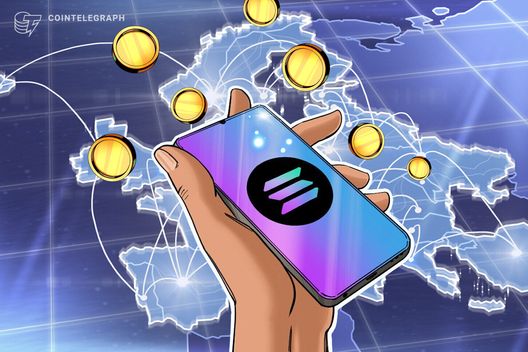In a recent turbulent session, HBAR, the native token of the Hedera blockchain, faced significant selling pressure, dropping from $0.241 to $0.238 between 13:25 and 14:24 on August 19. Initial optimism saw HBAR spike to $0.243, but this upward momentum was swiftly countered by a wave of selling that pushed the token below critical support levels.
Notably, a surge in trading volume, peaking at 5.38 million around 13:32, confirmed the breakdown as HBAR struggled to hold its ground, ultimately closing near the session’s lows. Over the preceding 24-hour period, which began on August 18 at 15:00, HBAR recorded a 2.46% decline from $0.244 to its closing price of $0.238. The trading environment was particularly volatile, with HBAR oscillating between $0.249 and $0.237 on a hefty volume exceeding 87 million tokens.
Broader market dynamics played a significant role in HBAR’s performance, as recent economic indicators revealed a rise in the U.S. Producer Price Index to 3.3%, surpassing Federal Reserve forecasts and intensifying inflation concerns. This environment has contributed to an alarming $460 million in liquidations across various digital assets.
Despite the immediate challenges, analysts remain optimistic about HBAR’s potential due to its enterprise-grade infrastructure and ongoing corporate partnerships, suggesting a solid foundation for future adoption amidst the current fragility in sentiment surrounding the digital asset.
In summary, HBAR’s recent price movements reflect a complex interplay of market volatility and broader economic pressures, highlighting the challenges and opportunities within the cryptocurrency landscape.

HBAR Market Analysis and Implications
Key points regarding HBAR’s recent market performance and potential impacts on investors:
- Price Decline: HBAR’s price fell from $0.241 to $0.238, showing a drop of 2.46% within 24 hours.
- High Selling Pressure: Significant selling activity led to a break through key support levels, particularly a surge of 5.38 million in volume at a critical moment.
- Market Volatility: Trading ranged between $0.249 and $0.237, indicating instability that could deter risk-averse investors.
- Broader Economic Factors: Rising U.S. Producer Price Index at 3.3% raised inflation concerns, contributing to over $460 million in liquidations in the digital asset market.
- Long-term Potential: Despite short-term challenges, HBAR’s enterprise-grade infrastructure and corporate partnerships are seen as conducive to long-term adoption.
- Technical Analysis Signals: The failure to reclaim critical support levels suggests the possibility of further price declines.
- Continuous Monitoring Required: Investors should stay informed about market conditions and technical indicators to navigate potential risks effectively.
Investor sentiment may remain fragile in the short term, but understanding underlying market dynamics and HBAR’s fundamentals can help in making informed decisions.
HBAR’s Market Performance: A Comparative Analysis
In recent trading sessions, HBAR has experienced significant challenges, notably slipping from $0.241 to $0.238 within a short time frame. This price movement is echoed in the broader cryptocurrency market, where volatility has been rampant. Many assets have faced similar selling pressures, particularly influenced by macroeconomic factors such as the rising U.S. Producer Price Index exceeding Federal Reserve forecasts, which raises inflation concerns and impacts investor sentiment.
Competitive Advantages: HBAR distinguishes itself with its enterprise-grade infrastructure and established corporate partnerships. These attributes position it well for long-term growth compared to other digital assets that may lack a solid foundational framework. Furthermore, HBAR’s focus on efficiency and sustainability can appeal to institutional investors looking for compliant and environmentally friendly options.
Disadvantages: However, the immediate market sentiment for HBAR remains bearish. Other cryptocurrencies have shown resilience during similar market conditions, which could indicate a short-term competitive disadvantage for HBAR. With its critical support levels breached, market perception may worsen, making it challenging for HBAR to regain trader confidence quickly.
This current context could benefit active day traders who thrive on volatility, as the sharp price fluctuations present opportunities for quick gains. Conversely, long-term investors might face problems due to the potential for further declines as support levels weaken. Analysts emphasize that although HBAR has strong fundamentals, timing and market sentiment will be crucial in determining its near-term trajectory in comparison to its competitors.

















